Indoor Cat Weight Management: Healthy Habits for Overweight Felines
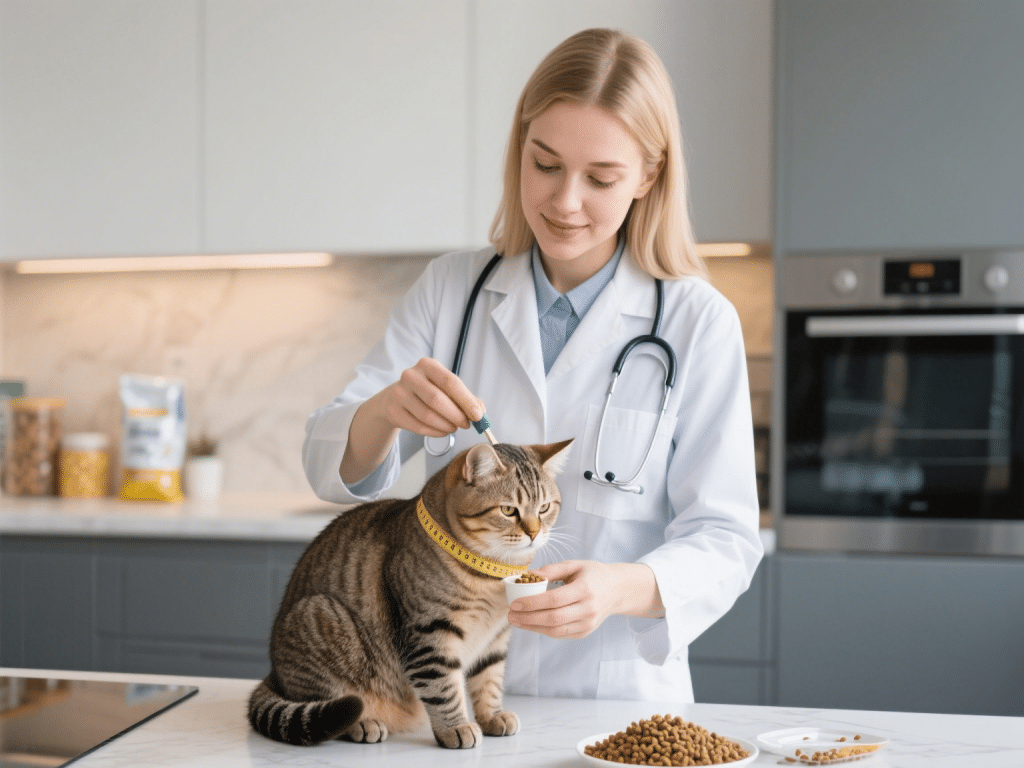
Obesity affects nearly 60% of indoor cats, predisposing them to diabetes, hepatic lipidosis, and joint issues. As a veterinary nutritionist and multi-cat household resident, I’ve developed balanced approaches that blend feeding protocols, interactive play, and environmental enrichment. Let’s explore my comprehensive plan for healthy, sustainable weight loss in indoor cats.
1. Accurate Portion Control
Measure daily calories using a gram-scale and manufacturer feeding guidelines. Document each meal in a tracker. I recommend dividing total daily allowance into four small servings to prevent hunger spikes.
2. Select a High-Protein, Low-Carb Diet
Indoor cats thrive on diets emphasizing animal-based proteins and moderate fats. Lower carbohydrate content reduces insulin spikes and fat storage. Look for brands with named meat sources and no corn or wheat fillers.
3. Scheduled Feeding vs. Free-Feeding
Transition from free-feeding—which encourages grazing and overeating—to set meal times. Offer measured portions at 8 AM, 12 PM, 4 PM, and 8 PM. This structure supports metabolic regulation and owner monitoring.
4. Increase Physical Activity
Interactive Play: Schedule two 10-minute chase sessions daily with feather wands or laser pointers.
Climbing Stations: Install cat trees and wall shelves to promote vertical movement.
Food Puzzles: Use kibble-dispensing toys to transform mealtime into hunting practice.
5. Hydration to Support Metabolism
Cats often under-hydrate. Provide multiple water fountains to encourage drinking; moisture aids digestion and satiety. Consider adding low-sodium chicken broth (no onions/garlic) to meals.
6. Treat Reduction and Substitution
Limit treats to ≤10% of daily caloric intake. Swap high-calorie treats for freeze-dried meat strips or small pieces of cooked chicken. Use portions no larger than the nail-head.
7. Regular Weigh-Ins and Goal-Setting
Weigh your cat weekly on the same scale and time of day. Aim for 0.5–1% body-weight loss per week. Document progress in a chart and celebrate milestones with extra playtime, not food.
8. Multicat Household Considerations
Feed in separate rooms or puzzle feeders to prevent dominant cats from eating others’ portions. This ensures accurate calorie tracking for each cat.
9. Monitor Health Metrics
Schedule quarterly veterinary check-ups to assess body-condition score, muscle mass, and blood markers. Adjust diet plan under professional guidance.
10. Behavioral and Environmental Enrichment
Address stress-induced overeating: provide safe hiding spots, vertical escapes, and consistent routines. Play soft music or pheromone diffusers to reduce anxiety.
By combining precise nutrition, structured activity, and thoughtful enrichment, indoor cats can lose weight safely and sustainably. Drawing on my nutrition-consulting background and real-world case studies, I assure you: with commitment and consistency, your feline friend will stride toward a healthier, happier life.

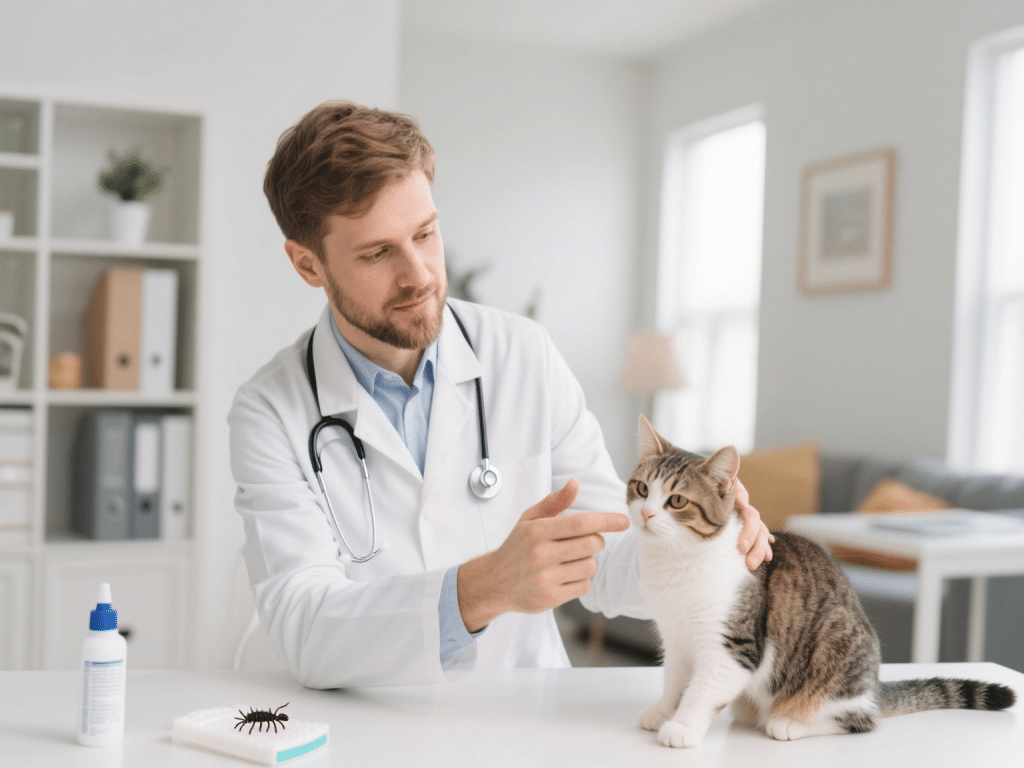
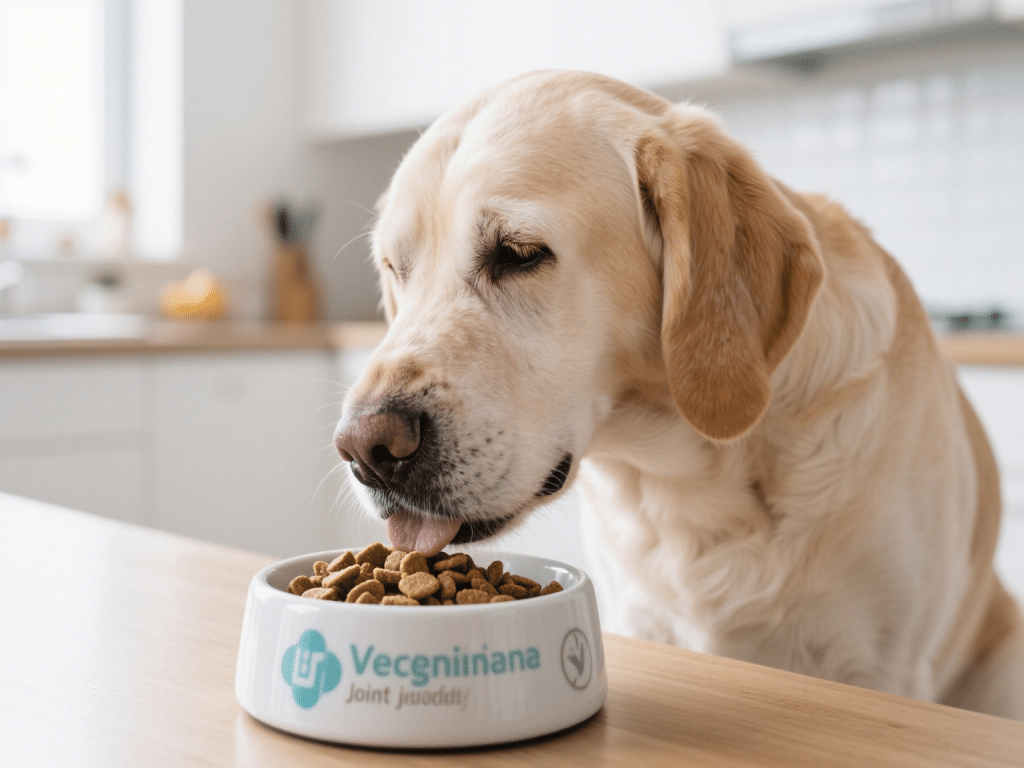

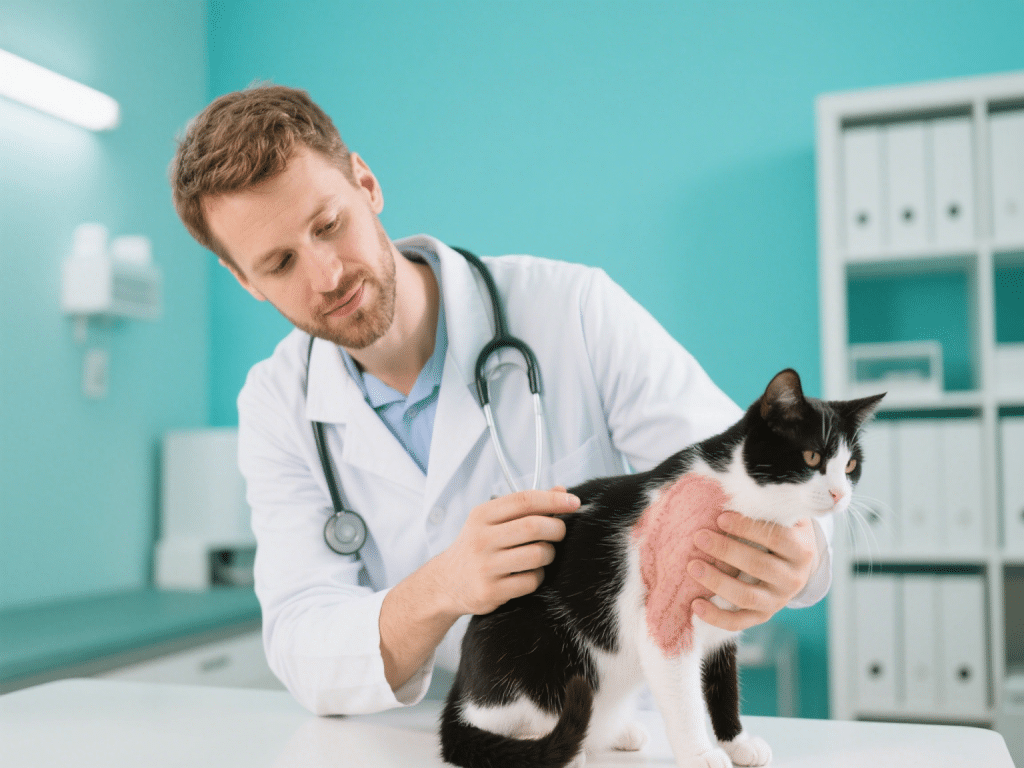
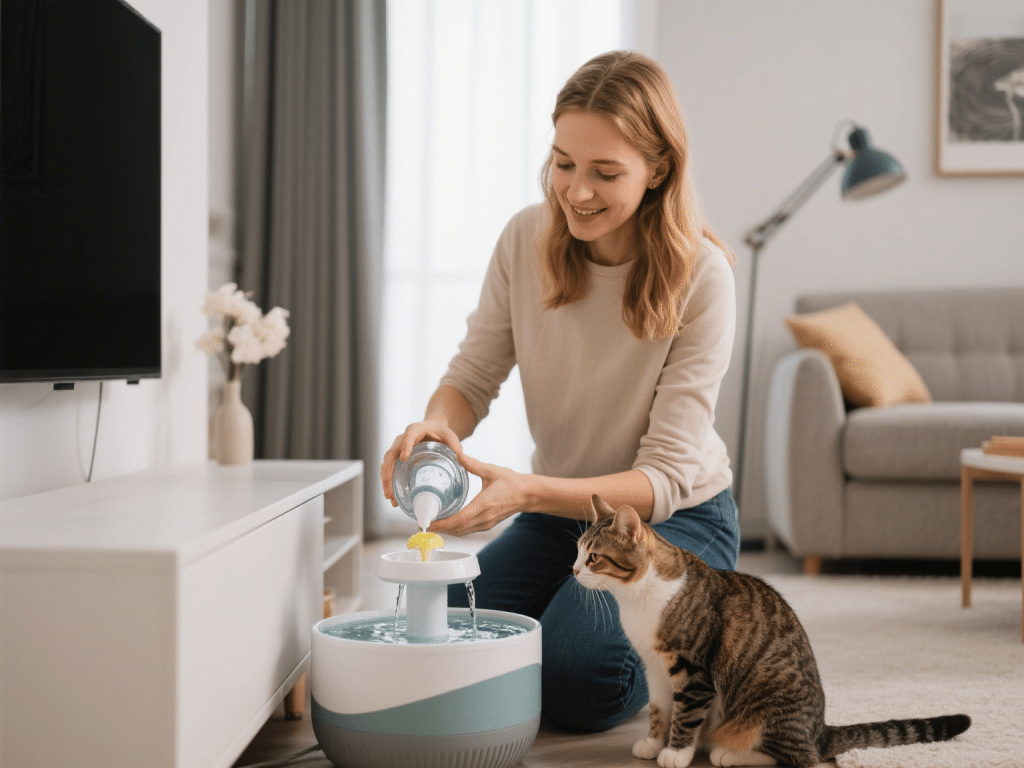



Comments on "Indoor Cat Weight Management: Healthy Habits for Overweight Felines" :